
Warfare has always walked a fine line between strategy and brutality. The so-called rules of engagement are meant to set limits, but a few military tactics ignored them completely and became brutal. Wondering which strategies we’re talking about? Let’s take a look at ten such military tactics that went beyond reason, leaving devastation and controversy in their wake.
Scorched Earth Policy
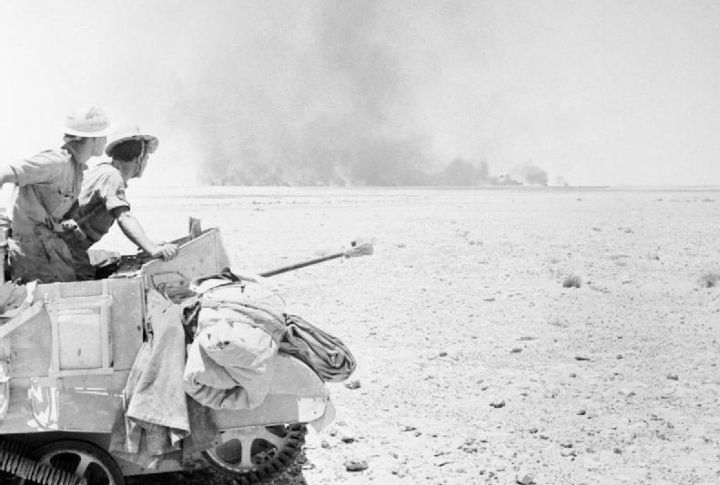
Scorched earth tactics involve destroying resources to prevent the enemy’s use. Russia famously used it during invasions by Napoleon and Hitler. It decimated supply chains but also devastated civilians, causing starvation and hardship. While militarily effective, this approach usually prolongs conflict and increases suffering on all sides.
Chemical Warfare
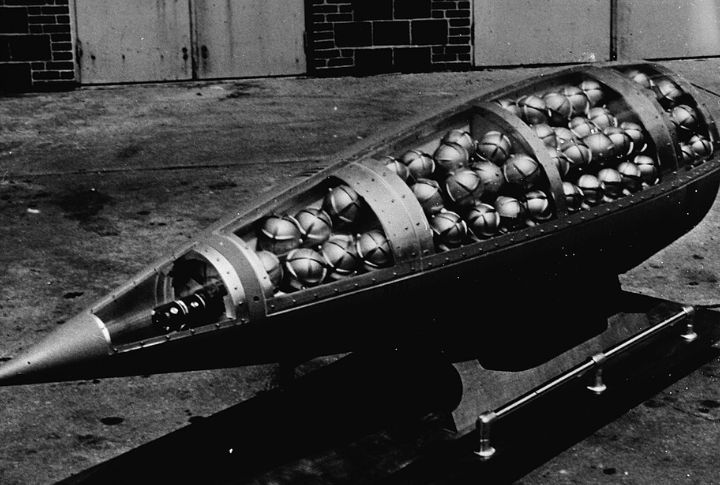
Using chemical weapons delivers fast, devastating results, but with lasting consequences. First used widely in World War I, these toxic agents killed and disabled thousands. The environmental and long-term health effects make it a tactic few defend. Though banned by treaties, some regimes still use them.
Guerrilla Warfare And Targeted Attacks
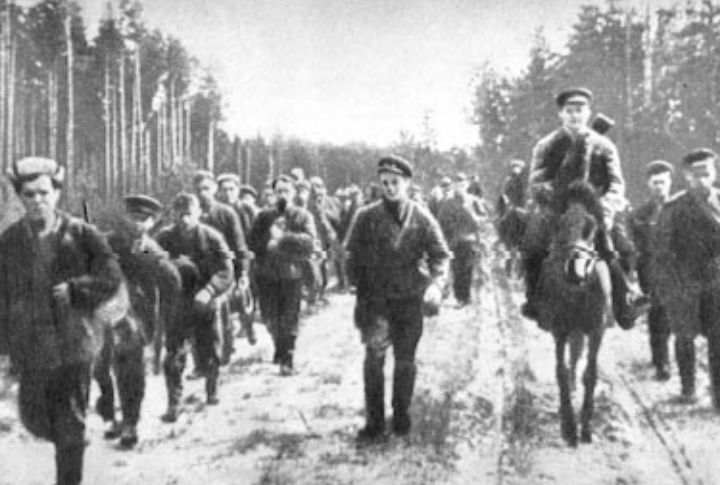
Imagine fighting an enemy you can’t even see coming. Ambushes, quick strikes, and targeted killings made guerrilla tactics brutally effective. Insurgents relied on them to wear down larger forces without facing them head-on. The cost was steep; civilians were often trapped in the chaos, and it became nearly impossible to separate fighters from bystanders.
Biological Warfare

Biological warfare involves using toxins or pathogens to spread sickness and fatalities. This method is both dangerous and profoundly inhumane. Medieval armies reportedly hurled diseased corpses at their enemies. Today, it’s outlawed, but still feared. The consequences typically go far beyond the battlefield.
False Flag Operations
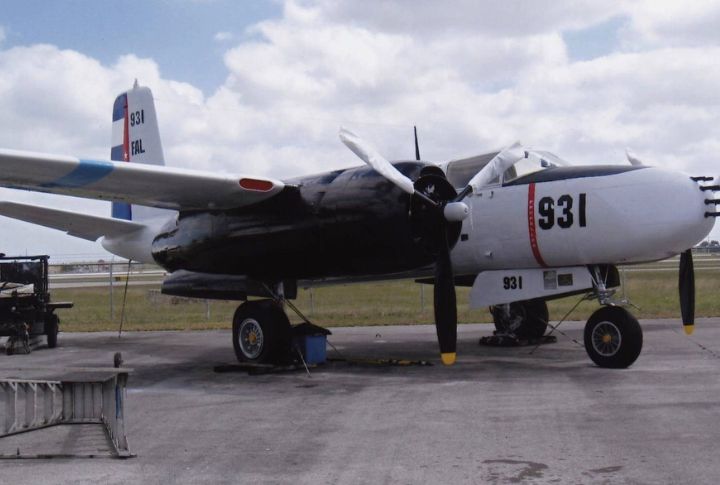
It’s like a dirty trick on a global scale, to attack your own side disguised as the enemy. That’s a false flag operation. The Nazis pulled this stunt in 1939 with the Gleiwitz incident to justify invading Poland. This works by fooling the public and leaves lasting distrust between nations.
Booby Traps And Landmines
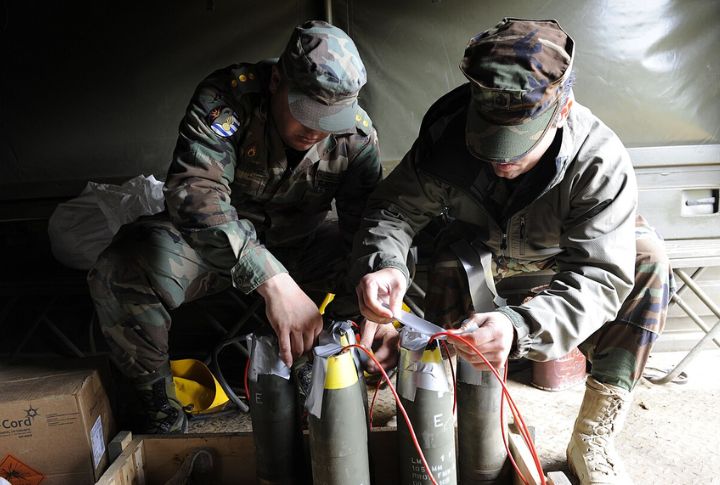
Designed to kill or disable, booby traps and landmines are buried hazards. These hidden devices remain active for decades and injure millions of civilians. Despite international bans, they’re still used in conflict zones. Demining efforts are slow and costly, which makes these explosives a lasting threat to recovery and safety.
Psychological Warfare And Propaganda
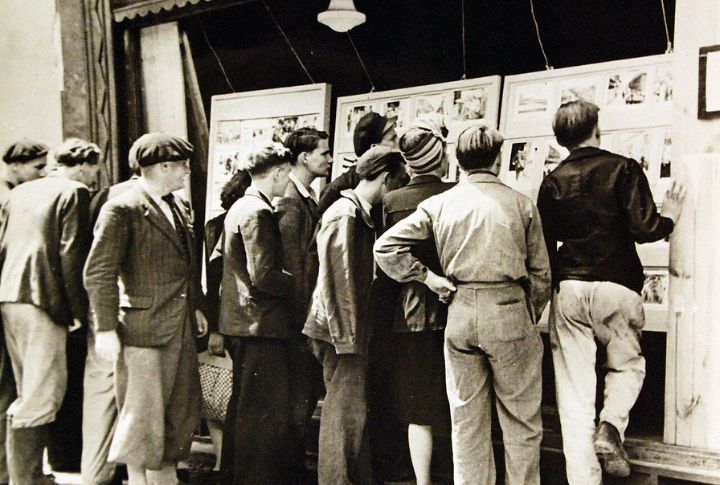
Destabilizing the enemy didn’t always require weapons. Psychological warfare used leaflets, radio broadcasts, and rumors to spread false information and confusion. During both World Wars, propaganda aimed to break people’s morale and disrupt command. When paired with other tactics, it amplified chaos across enemy lines.
Siege Warfare Starvation Tactics

Starvation tactics aim to weaken cities by blocking all access to food and supplies. The most devastating case, Leningrad, resulted in over one million casualties from famine. Modern laws of war no longer allow this strategy, classifying it as a war offense. The suffering extends far beyond military targets.
Deceptive Retreats And Ambushes

Lure the enemy in and then strike hard. Deceptive retreats do exactly that. Pretending to flee draws opponents into exposed positions. Hannibal pulled it off perfectly at Lake Trasimene and left the Roman legions surrounded. The key? Timing and surprise. Though seen by some as dishonorable, its effectiveness on the battlefield is undeniable.
Use Of Children
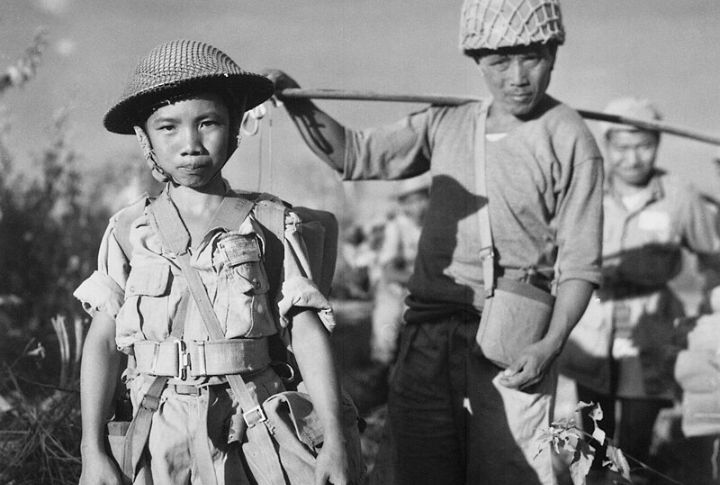
Using child soldiers is both illegal and heartbreaking. Yet some groups still recruit children, especially in conflict zones across Africa and Asia. These kids face violence, fear, and lasting damage. The tactic exploits vulnerable communities and violates human rights for battlefield advantage. It’s condemned globally and remains a major concern.

